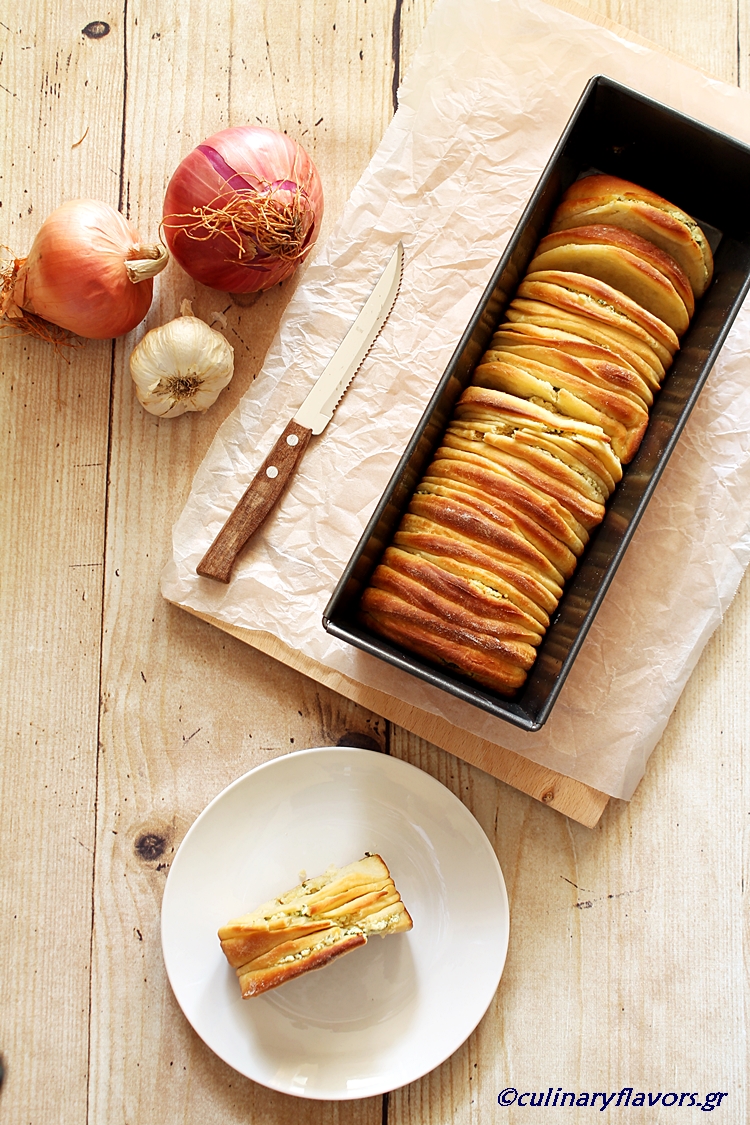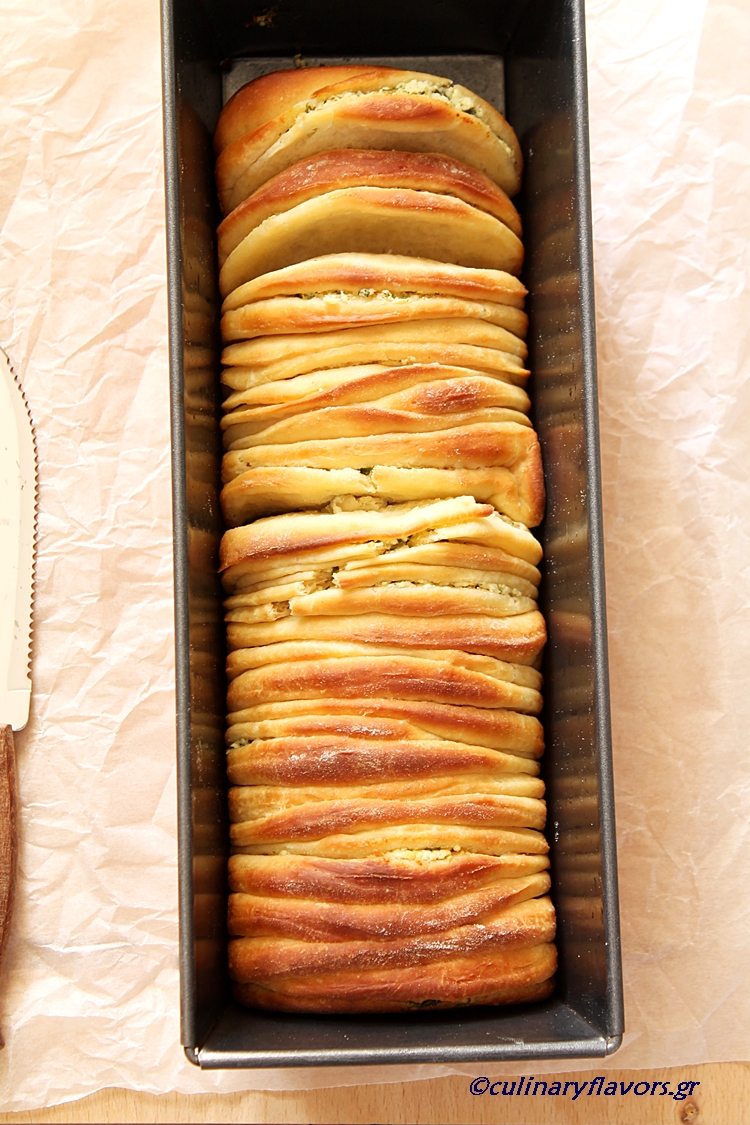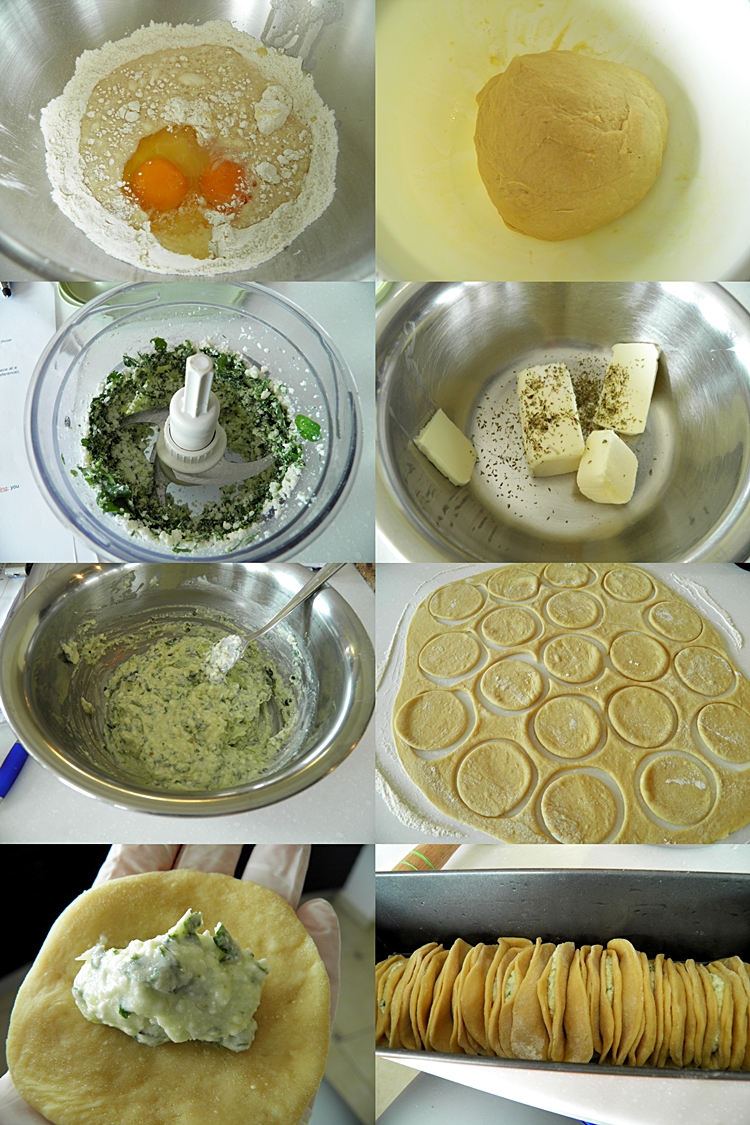Garlic has a long history starting some 6,000 years before Christ. The first who found the plant and used it were the Indians in Asia. The Indian merchants, in turn, made it known to Babylonians and Assyrians and they brought it to all important civilizations of that era.
In Egypt, it was consumed by all classes, upper, medium, lower and slaves. Doctors used it as a medicine and as an antiseptic in wounds. According to inscriptions on several vessels found in excavations, Pharaohs fed their slaves with garlic to make them strong to build the pyramids. Garlic seems to be the main reason the first strike in history burst among pyramid slaves around B.C. 1,500. Ramses the third stopped the giveaway of garlic among his workers and they, as a retaliation, refused to work in pyramids.
In ancient Greece all athletes before the Olympic games were eating garlic and this makes it the first anabolic in the history of games. Garlics were found also in Knossos Palace in Crete and Homer in his Odyssey says that god Hermes advised Ulysses to eat garlic in order to be immune to Circe’s magic.
Throughout centuries garlic was considered to protect from bad spirits, demons and magic. Was it because of its intense and somewhat repulsive smell? Probably yes. That is the reason why in most historical eras it was consumed mainly by poor people.
Today many things have been written regarding its therapeutic values. There are many published studies that reveal its value in delaying cardiovascular diseases, strokes, cancer and a vast variety of infections.
I love garlic and although I avoid it during weekdays for obvious reasons, I indulge during the weekends. When I bumped into this recipe, I couldn’t resist. I made some alterations and I added feta cheese which pairs perfectly with all the rest of the ingredients. It was fantastic and we all enjoyed it very mush as an accompaniment to our Sunday lunch.
Because the recipe makes two bread pans I made half of it and the rest I put it in my fridge to make it the following days. Just the perfect little thing to enjoy as a compliment to a meal or as a light meal with ham or salami.
- 1 cup milk
- 57 gr. / ¼ cup butter
- 3 tbsp sugar
- 2 tsp salt
- 2 large eggs
- 2 tsp dry yeast
- 500 gr. / 1 lb. All-Purpose Flour
- 2 tbsp corn starch
- 113 gr. / 4 oz. unsalted butter, softened
- ¼ tsp salt
- 1 tsp onion powder
- 1 garlic clove, minced
- 125 gr. / 4.5 oz. feta cheese
- A small bunch of parsley
- About 15 basil leaves
- ¼ tsp dried oregano
- Pepper to taste
- Put the milk, butter, sugar, and salt in a microwave-safe and heat until the butter melts.
- Put it aside to cool.
- In your stand mixer pour the milk batter to the bowl, and add the eggs, yeast, flour, and the corn starch and mix.
- Knead with the hook until it's smooth.
- The dough will be sticky, but it should form a ball.
- Place the dough in a greased bowl, cover it, and let it rise for about 90 minutes.
- It will not necessarily increase its volume by double, but this is fine.
- While the dough is rising, make the filling.
- In a blender add the feta cheese, basil leaves and parsley and blend them in fine crumbles.
- Place all the ingredients including the feta and herbs in a bowl and mix to combine.
- Take a bread pan and grease it slightly.
- Flour your kitchen bench.
- Deflate the dough and divide it in half.
- Take the first half and with the rolling pin roll it to a circle with diameter 30 cm. / 12 in.
- Cut with a cutter circles with diameter 10 cm. / 4 in. and are 0,5 cm / ¼’’ in. thick.
- Take a small portion about ½ tsp of the filling and spread it on half of each circled dough piece and fold in half.
- Place them fold side down in the bread pan.
- Repeat for the rest of the dough.
- Cover and let it rise for another 90 minutes.
- About 15 minutes before the end of the second rising period preheat the oven in 175°C / 350°F.
- Bake for about 15 to 20 minutes.
- Remove let cool for a minute and serve.
- 1 φλ. γάλα
- 57 γρ. βούτυρο
- 3 κ.σ. ζάχαρη
- 2 κ.γ. αλάτι
- 2 μεγάλα αυγά
- 2 κ.γ. ξηρή μαγιά
- 500 γρ. Αλεύρι για όλες τις χρήσεις
- 2 κ.σ. κορν φλάουρ
- 113 γρ. βούτυρο, σε θερμοκρασία δωματίου
- ¼ κ.γ. αλάτι
- 1 κ.γ. κρεμμύδι σκόνη
- 1 σκελίδα σκόρδο λιωμένο
- 125 γρ. τυρί φέτα
- Ένα μικρό ματσάκι μαϊντανό
- Περίπου 15 φύλλα βασιλικού
- ¼ κ.γ. ρίγανη
- Πιπέρι
- Βάλτε το γάλα, το βούτυρο, τη ζάχαρη και το αλάτι σε ένα μπολ και ζεστάνετε στον φούρνο μικροκυμάτων μέχρι να λιώσει το βούτυρο.
- Βάλτε στην άκρη να κρυώσει.
- Στο μπολ του μίξερ σας ρίξτε το γάλα και προσθέστε τα αυγά, τη μαγιά, το αλεύρι, και το κορν φλάουρ και ανακατέψτε.
- Ζυμώστε με το γάντζο μέχρι να γίνει λείο.
- Η ζύμη θα είναι κολλώδης αλλά σε κάθε περίσπτωση θα πρέπει να σχηματίζει μια μπάλα.
- Τοποθετούμε τη ζύμη σε ένα λαδωμένο μπολ, το καλύπτουμε, και το αφήνουμε να φουσκώσει για περίπου 90 λεπτά.
- Δεν περιμένουμε να αυξηθεί ο όγκος στο διπλάσιο, αλλά αυτό είναι μια χαρά.
- Ενώ φουσκώνει η ζύμη, φτιάξτε τη γέμιση.
- Στο μπλέντερ τοποθετήστε τη φέτα, τον βασιλικό και το μαιντανό και κόψτε τα σε μικρά κομματάκια σαν θρύψαλα.
- Τοποθετήστε όλα τα συστατικά σε ένα μπολ και ανακατέψτε καλά.
- Πάρτε μία φόρμα ψωμιού και λαδώστε τη ελαφρά.
- Αλευρώστε τον πάγκο της κουζίνας σας.
- Ξεφουσκώστε τη ζύμη και χωρίστε τη στα δύο.
- Πάρτε το πρώτο μισό και ανοίξτε τη σε κύκλο με διάμετρο 30 cm.
- Κόψτε με ένα ποτήρι κύκλους με διάμετρο 10 cm. και 0,5 cm παχύς.
- Πάρτε μια μικρή μερίδα περίπου ½ κουταλάκι του γλυκού από τη γέμιση και απλώστε το στο τμισό κάθε κομματιού ζύμης και διπλώστε στη μέση.
- Τοποθετήστε τα πλάι πλάι με την ανοιχτή πλευρά προς τα επάνω.
- Επαναλάβετε για το υπόλοιπο της ζύμης.
- Σκεπάζουμε και αφήνουμε να φουσκώσει για άλλα 90 λεπτά.
- Περίπου 15 λεπτά πριν το τέλος του δεύτερου φουσκώματος προθερμάνετε το φούρνο στους 175°C.
- Ψήνουμε για περίπου 15 με 20 λεπτά.
- Βγάζουμε από τον φούρνο, αφήνουμε να κρυώσει για ένα λεπτό και σερβίρουμε.




